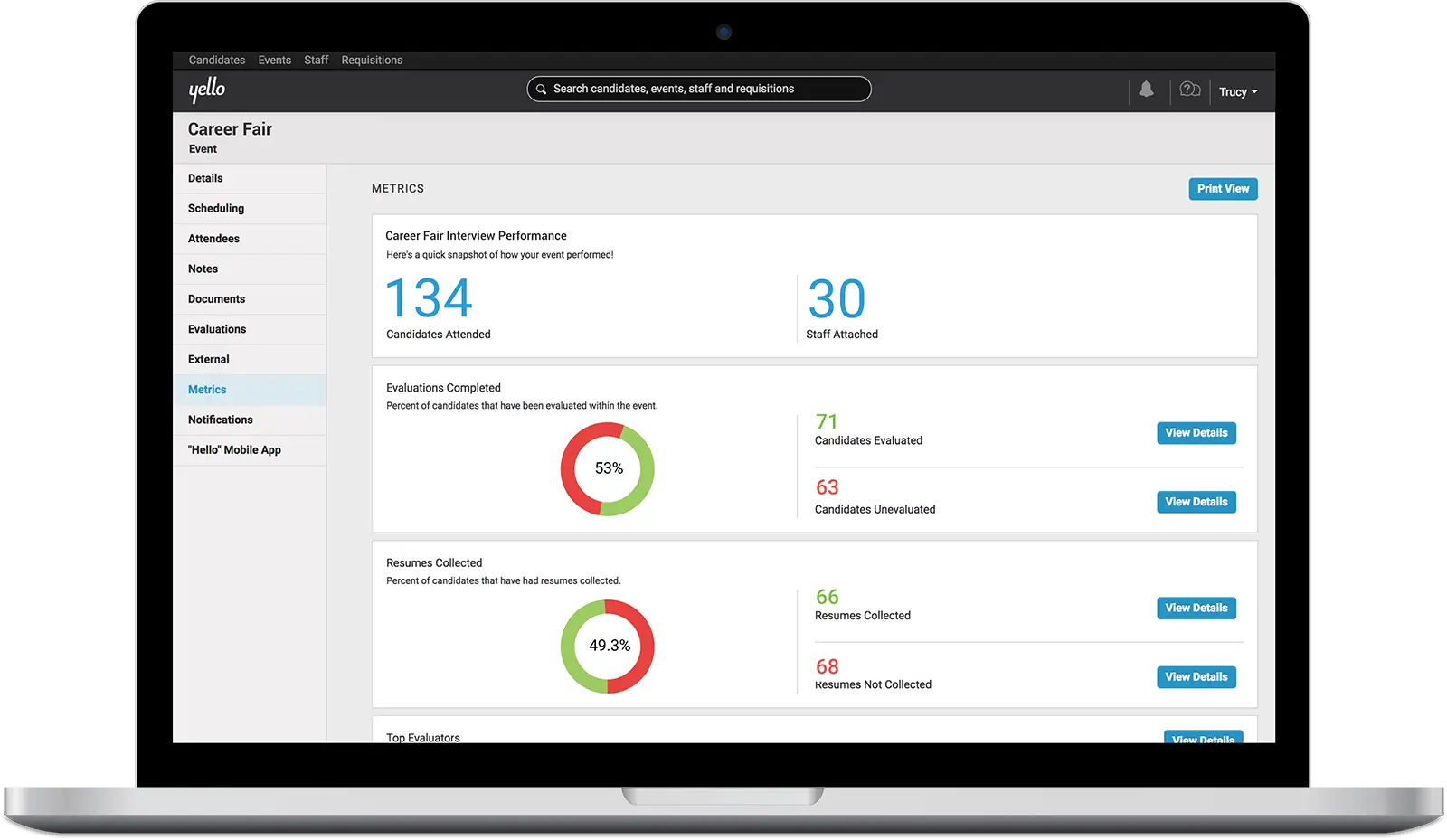
Talent acquisition is a complex process that involves recruiting, screening, interviewing, and onboarding. The best way to streamline and improve this process is by using a talent acquisition software system.
Another common TA strategy is to look within the organization for candidates to fill new roles. This approach helps reduce costs and eliminates hiring time.
Hiring
Developing a strategy to recruit, interview, and hire the best employees is an important part of talent acquisition. This process includes creating a candidate pool, developing an evaluation system, and assessing performance. The strategy may also include mentoring programs, apprenticeships, or employee referrals.
Finding candidates to fill positions isn’t a Field of Dreams process; just posting a job requisition doesn’t mean applicants will come. Effective recruiting teams focus on attracting a diverse group of qualified candidates through targeted, well-defined job ads. Then they narrow the pool through interviewing and screening steps to select the best fit for the role.
This isn’t an easy task, especially during periods of high turnover. Companies such as Cedar Fair and Samsonite have to compete for top talent, which drives up hiring costs and can disrupt workflows and business operations. A strategic approach to recruitment helps prevent the pain that occurs when key roles go unfilled for too long. Ideally, a company will have enough people in place to meet its ongoing needs.
Onboarding
Onboarding is the process of getting new hires into your company systems, up to speed on critical projects and familiar with your overall mission. For senior hires, onboarding requires more extensive training and a specialized strategy.
A robust onboarding process includes providing new employees with their login credentials, setting up necessary software and ordering all equipment well in advance of their first day. It also involves setting up meetings with team members to introduce them to coworkers, managers and other important people in the company.
Onboarding processes also need to involve training and recognizing the achievements of new hires. In addition, it is important to have regular reviews with your new hires to see how they are doing in their roles. This helps to ensure that you are meeting your employee’s career development goals. These efforts can help to convert a candidate into a successful employee and improve your employer brand.
Training
Talent acquisition is a key function of human resources management, which includes performance and compensation. It also includes employee development, leadership training and career progression planning.
A talent acquisition team promotes the company’s work culture and employer brand by recruiting new hires who match the organization. They also provide training to HR professionals about standard hiring practices and recruitment processes.
The hard skills that talent acquisition professionals need include communication, marketing and sales. These skills help them persuade job seekers to apply to the company by explaining its specifics, such as its stellar reputation and first-class product or service.
Active listening is a critical soft skill for this profession, as talent acquisition specialists often communicate with candidates and hiring managers face-to-face or over the phone. They must be able to read body language and understand the tone of voice to accurately interpret what others are saying. They also need to be familiar with recruiting platforms and websites, so they can make them easy for candidates to navigate.
Performance
When a company hires talent that is highly skilled and motivated to perform well, it benefits from elevated productivity and innovative breakthroughs. But it takes time and effort to recruit, interview and hire the right candidates for a role. Fortunately, technology can help companies improve the performance of talent acquisition and human resources management.
Sourcing and attracting potential employees to an organization is the first step in the talent acquisition process. Talent teams use sourcing technologies, social media platforms and industry events to build their people intelligence and nurture leads. They can also leverage solutions that provide talent pool insights to see how diverse and spread out their workforce is and refine their search accordingly.
Some roles, such as cybersecurity or a business analyst, are notoriously hard to fill. But when talent teams have visibility into these trends, they can prepare themselves to face the challenge by allotting more time to find and attract top candidates.
